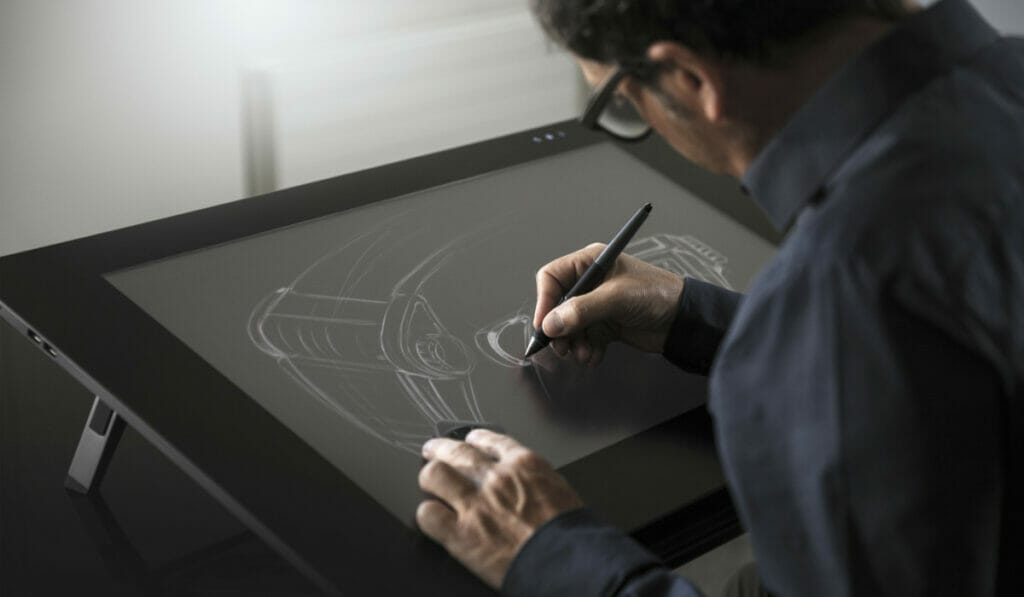If you break it down, what really defines a mechanical timepiece? At its most basic level, it only needs three core components to function: a power source, a regulator to moderate the release of energy and a display system to translate that into something readable by the wearer. The most complex of the three would undoubtedly be the regulating organ and it’s staggering to realise that the most common form of system used, even today, is the lever escapement, invented by British clockmaker Thomas Mudge back in 1755. That’s more than 250 years ago and, yet, most luxury mechanical watches today are still governed by the same principle.
Over the years, mechanical engineers have found ingenious ways to build upon this basic principle, adding on functional complications like the chronograph, perpetual calendar, minute repeater, tourbillon and more. Although, back when they were invented, these complications were considered a necessity, they are more of a vanity today, adding more to the aesthetic and emotional appeal of a watch rather than functionality. And this shift in watchmaking philosophy happened when the industrial revolution gave way to the information age.
It started with the Quartz crystal that allowed production of a more accurate timekeeper at a fraction of the original cost. Then, as the digital revolution happened, watches could suddenly do so much more than just tell time: they could connect to phones, track the wearer’s location via GPS, recharge itself with the power of the sun and more. As technology advanced, so did the functionality of these watches.
So where does that leave the old-school, (mostly) handmade, mechanical watch? It became a luxury product, one that appealed to the emotional side of people rather than the practical. But it’s not to say that since the 1800s, the mechanical watch has remained exactly the same. Sure, there is a huge element of craft involved in the assembling and decorating of these watches, but with advancement in technology, many watchmakers are integrating them into the mechanical watches of the 21st century. Here are but a few.




